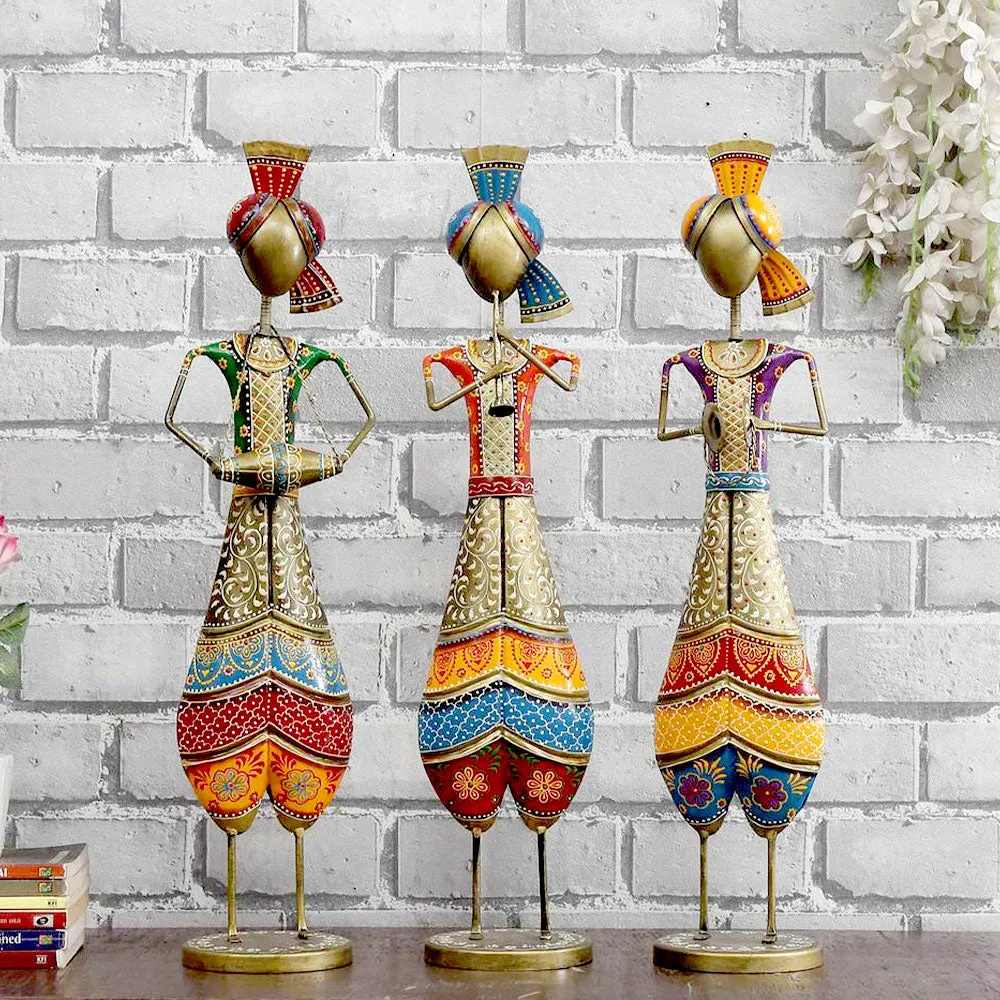Exploring the Rise of Nicotine Pouches as a Modern Wellness Alternative
Constant development in the wellness industry is driven by those seeking novel ways to improve their health, way of life, and general well-being. Among the newest trends in this field are Nicotine Pouches increasing appeal. Particularly among those seeking a more regulated and maybe less dangerous method of consuming nicotine, these little, covert pouches are becoming popular as a substitute for traditional smoking and vaping.
Understanding Nicotine Pouches and Their Appeal
Placed between the lips and gums, nicotine pouches—tiny, tobacco-free pouches filled with nicotine—are taken up orally. These pouches are said to provide nicotine’s effects without calling for smoking or vaping. Users can savor a modest amount of nicotine free of the toxic compounds usually contained in cigarettes or the cloud of vapor connected with e-cigarettes. For those looking for a better substitute as people migrate away from conventional ways of nicotine intake, it presents a contemporary answer.
The Shift Toward Smokeless Alternatives
In the wellness and leisure industries, the change from smoking to smokeless substitutes marks a notable change. Many people are seeking better substitutes since they are more aware of the negative consequences of smoking. It offers a smokeless alternative that removes the hazards of breathing dangerous compounds included in tobacco smoke; hence, they match our story exactly. It provides a possibly less dangerous substitute for those trying to cut their intake of these chemicals yet still provide the intended nicotine impact.
Healthier Choices and Harm Reduction
One of the main factors these pouches have found a place in the health scene is their connection with damage reduction. Tobacco pouches are considered a less risky way to get nicotine than cigarettes, which are linked to serious health issues. Though tobacco itself can still be harmful, particularly for non-regular users, the absence of cigarettes and the toxic chemicals released from consuming make this pouch a good option for those trying to reduce damage.
Clearly, Nicotine Pouches are changing how people view using nicotine. These items have become a modern wellness choice as more people hunt better substitutes for smoking. Rising pouches mirror larger trends in the wellness and lifestyle sectors given their potential for harm reduction, discretion, and change in society’s views of nicotine. These pouches appeal to individuals seeking a safer and more regulated approach to consuming nicotine as a substitute for conventional smoking and vaping.


















